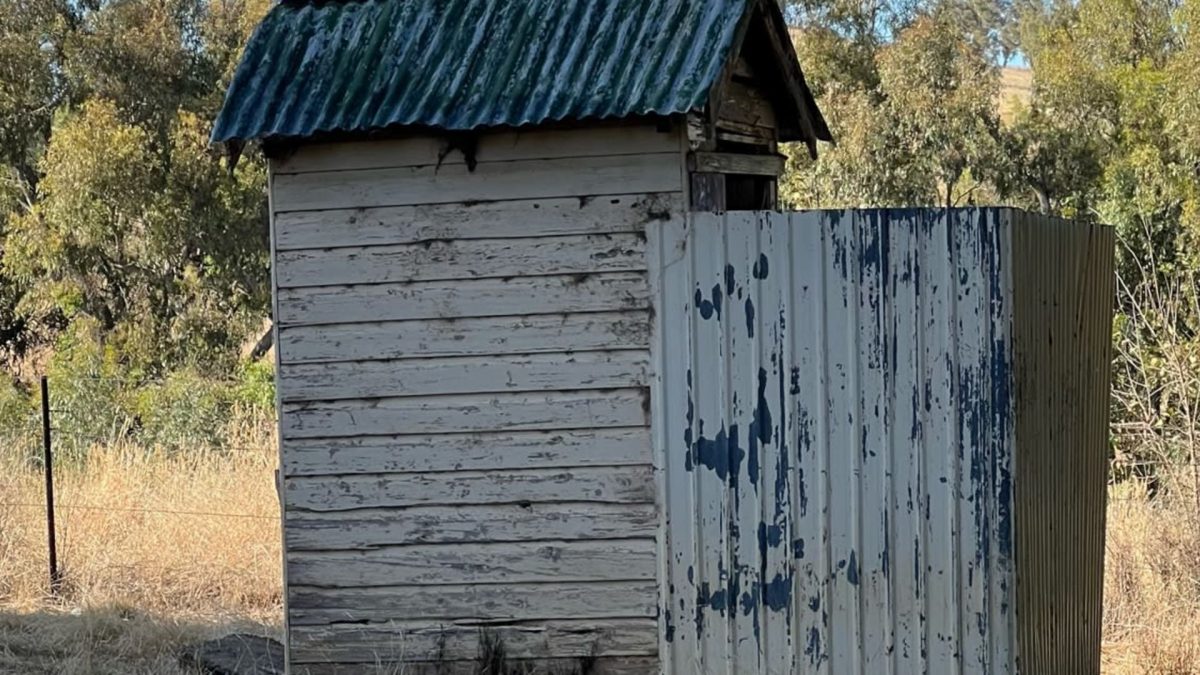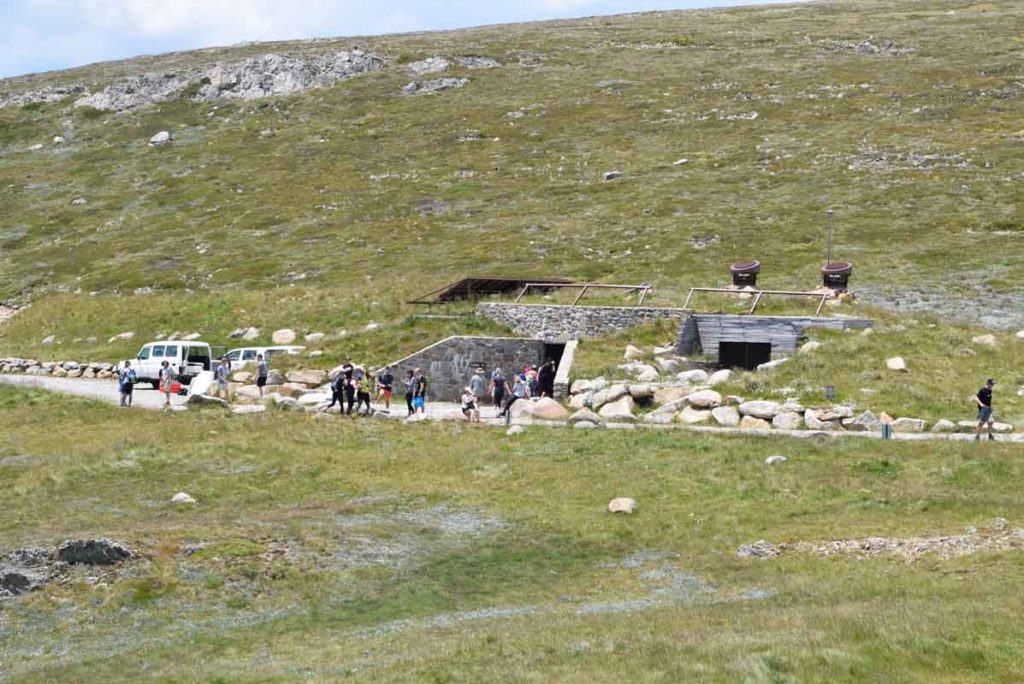
A typical outback dunny is located at Muttama Recreation Ground, just off the Hume Highway near Coolac. Photo: anycamp.com.au.
If you’ve ever gone on a muster, gone bush or plain gone bonkers at a B&S you’ll know there’s one thing you can’t go without.
A dunny.
Many are the farming few (yes, stay with me) who have been caught short out in the back paddock with an urge that only the good lord above can explain, where a handful of grass, a greasy rag, or a sock or two has had to suffice.
It’s a fact of life the only essential tool needed for that moment is a little digger to excavate that outback latrine.
Fortunately those dunnies are unlikely to feature in this year’s Great Dunny Hunt. Nor will the long drops or those dunnies that once were the home to the bums of shearers in the shearing quarters of the nation – where it would now take a bushfire tanker of water to remove the hornets, snakes and spiders, sheep poo and pesky ants, always ripe for a pair of underpants.
The Great Dunny Hunt actually calls on all Australians to do their public duty in updating the National Public Toilet Map with new public toilet facility details they discover while out and about these school holidays.
And promise – it works – there are dunnies everywhere out here from Tumba to Timbillica, Eden to the Ingibirah, Walla Walla to Weethalle and Mount Werong.
With this year’s hunt running from Friday 29 March to Sunday 16 June, holiday goers can update public toilet details including adding photos of public restrooms or adding details of what amenities they have as well as their access hours.
It’s actually for a vital cause.
Nineteen June marks the start to World Continence Week.

The highest public toilets in Australia can be found at Rawson Pass in Kosciuszko National Park. Photo: @Public_Toilets_Anonymous/Instagram.
With more than five million Australians living with incontinence and with this number expected to grow to 6.5 million by 2030, it is more important than ever that information on public toilet facilities is kept up to date and relevant so those affected by incontinence are confident and feel safe to go about their daily activities which most of the public take for granted.
With many Australians planning to travel this upcoming Easter and school holidays, joining the Great Dunny Hunt will make a huge difference to those living with incontinence.
A recent survey of those living with incontinence discovered 49 per cent of respondents currently don’t feel comfortable embarking on long trips without knowing where the first toilet stop will be.
By uploading a new toilet or updating the listing for an existing one and completing a short survey, people can go in the running to win one of three $500 EFTPOS vouchers.
Sean Burford won the title of Australia’s Greatest Dunny Hunter in 2022 by entering more than 130 dunnies on The National Public Toilet Map, work that he continues.
He says the really rewarding aspect of the Great Dunny Hunt is discovering new locations in rural Australia.
“Both the toilet map and other sources have some misplaced or out-of-date dunnies, so once I had a location I would research it to determine whether there was really a dunny there or not,” he said.
His four-step method:
- My first stops to validate a dunny were Google Maps and Bing Maps, which differ in freshness and resolution across Australia so I used both
- I spent a fair bit of time in Google Street View checking the exact location and looking for accessibility ramps
- Website checks – council and government websites were also great sources for checking the facilities, hours and access requirements for a dunny. Websites catering to travellers would often have photos or reviews with more information. Caravanning sites can tell you whether there is a dump point for emptying caravan toilets at the site
- Story time – this turned each latitude/longitude coordinate into a story about each place, whether it was the most scenic toilet in Australia or perhaps a prime example of why one state’s toilets were better than those just across the border on the same highway.
“It sounds like a fair bit of work,” Sean said, “but once I was familiar with the various websites it would take about five minutes to get a good feel for each spot.”
Taking it to the next level – a Queensland woman was awarded the 2018 Rodney Warmington Churchill Fellowship to increase inclusion and accessibility in public toilets by researching taboos, design, policy and legal barriers.
Photos of many toilets she has visited are documented on Instagram on @Public_Toilets_Anonymous.
Original Article published by Edwina Mason on About Regional.







